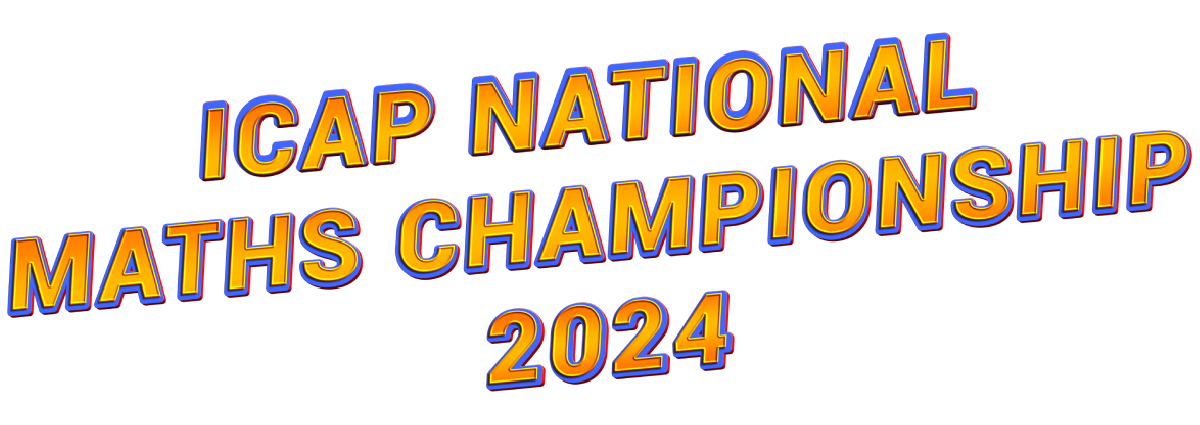Foundation
This forms the building block of mathematics, encompassing basic concepts like sets, functions, logic, and proofs. It establishes the language and framework for further mathematical exploration. Imagine it as the sturdy ground upon which the rest of mathematics is built.
Arithmetic
This deals with fundamental operations like addition, subtraction, multiplication, and division, along with their properties and applications. It's the essential toolbox for manipulating numbers and solving basic quantitative problems. Think of it as the fundamental arithmetic tools you use in everyday calculations.
Algebra
This branch introduces variables and symbols to represent unknown quantities, allowing you to express relationships and solve equations. It's like learning a new language where you can write and solve problems using letters and symbols instead of just numbers.
Geometry
This focuses on shapes, sizes, and positions of objects in space. It explores concepts like lines, angles, areas, volumes, and transformations, helping you understand the spatial world around you. Imagine it as the key to unlocking the mysteries of shapes and their properties.
Probability & Statistics
This delves into chance and data analysis. It equips you with tools to quantify uncertainty, predict outcomes, and draw meaningful conclusions from large datasets. Think of it as a superpower to understand randomness and make informed decisions based on data.
Number Theory
This branch dives deep into the fascinating world of numbers. It explores properties of integers, prime numbers, divisibility, and various number-theoretic functions. Imagine it as a treasure hunt uncovering hidden patterns and relationships within the number system.

